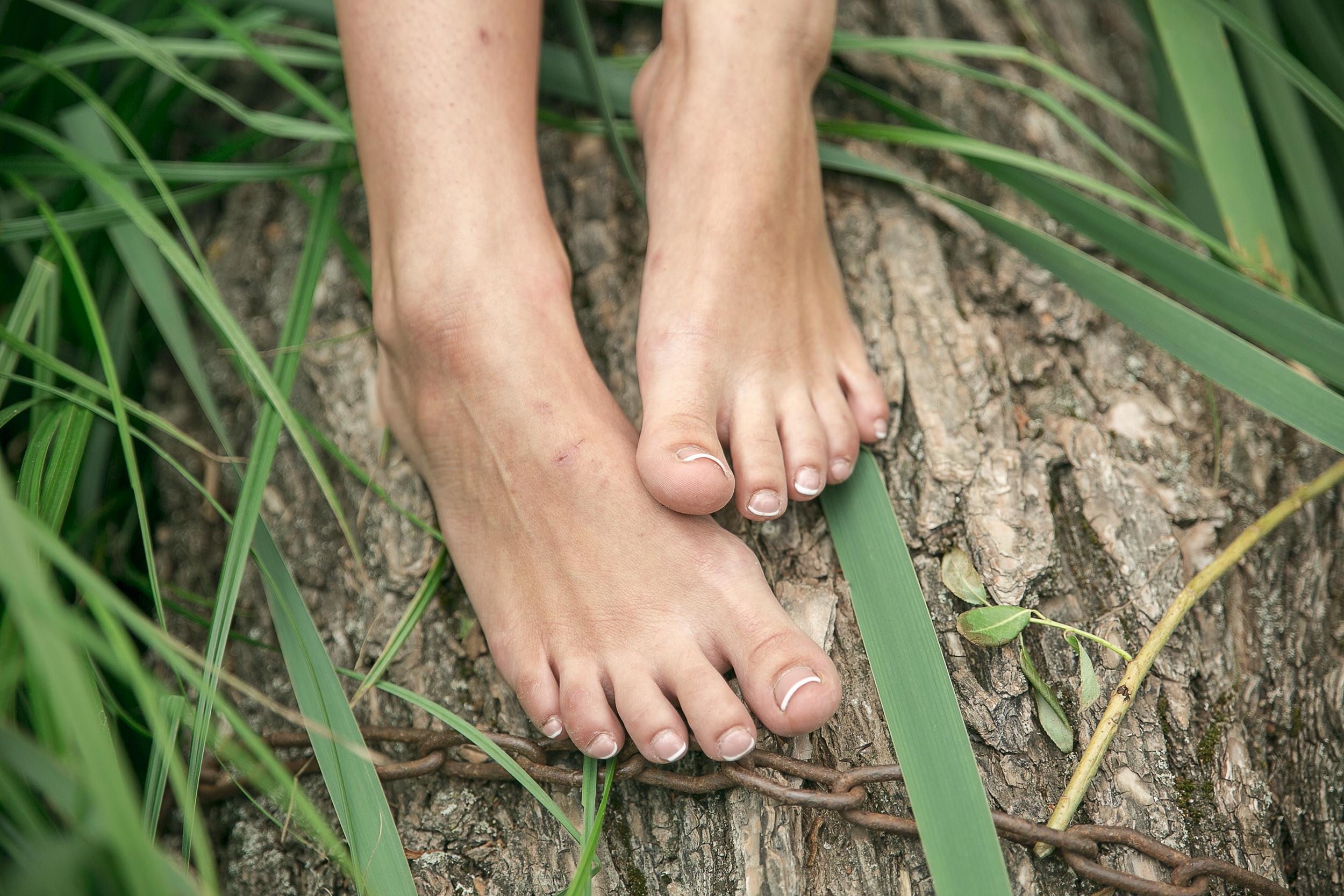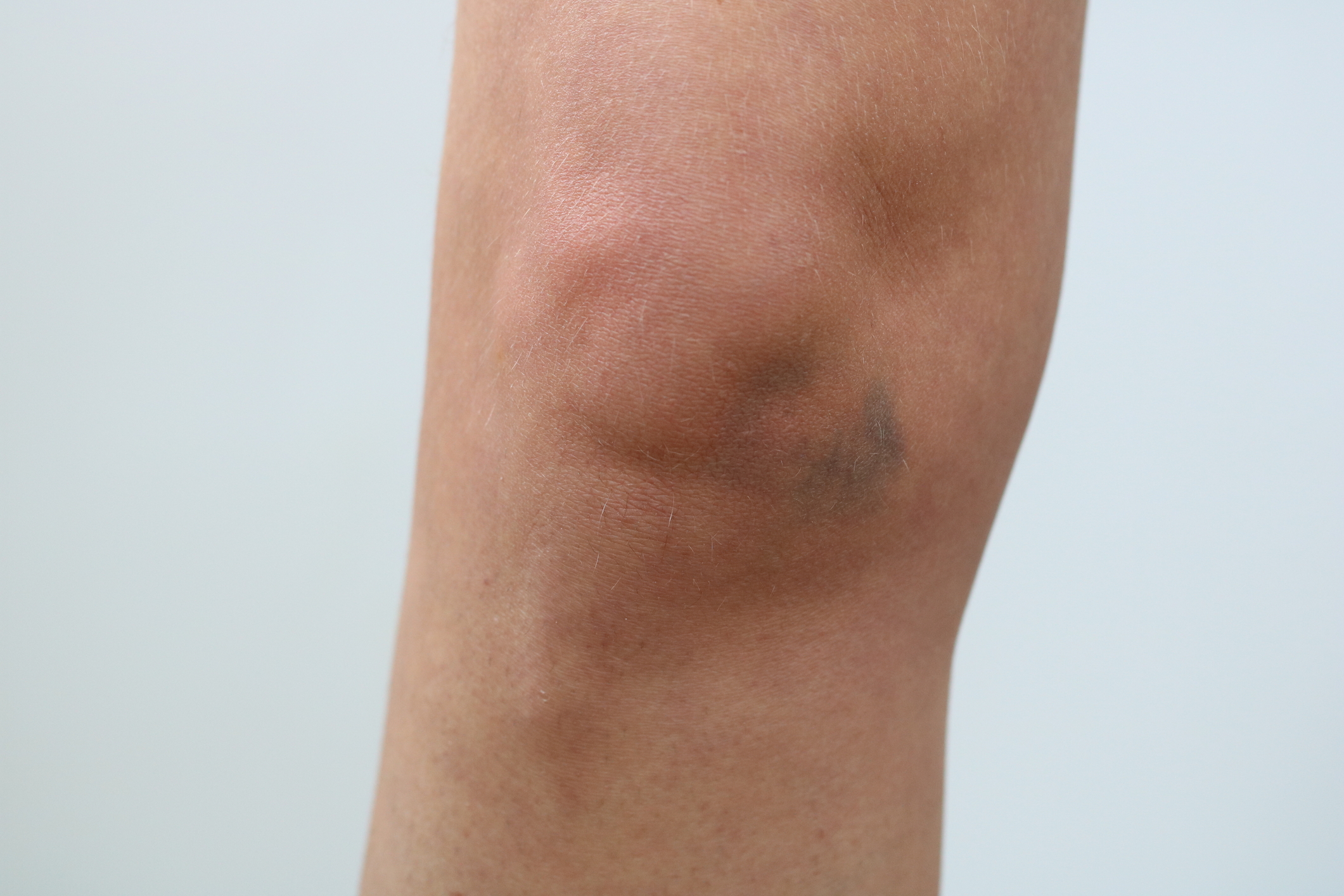Diving Into the Spectrum of Bruises: Your Guide to the Top Five Types You Should Know About
As part of the body’s healing mechanism, bruises, or contusions, undergo a transformation of color over time. This chromatic journey, moving from shades of blue and purple to green and yellow, reflects the process of your body mending the damaged tissue and clearing up the spillage of blood.
The initial stage of a bruise is where the blood vessels under your skin break, releasing blood into surrounding tissues. This impact causes the first of the bruise colors you'll observe, typically a dark blue or purple. At this stage, the bruise may also be tender to touch, owing to the fresh inflammation.
As your body starts its clean-up operation, working to remove the spilled blood, the bruise color takes a turn. Over a number of days, the hemoglobin in the blood breaks down into other compounds, which results in a change to a blue or purple-green shade.
Finally, your bruise may morph into a pale green or yellow hue, marking the concluding phase of healing. This indicates your body has successfully taken up majority of the hemorrhaged blood. The bruise will eventually fade away, leaving your skin back to its initial state, or perhaps with a faint mark, based on the severity of the initial impact.
Hematoma: More than Just a Simple Bruise

A hematoma is not your average bruise. While both involve bleeding under the skin, a hematoma generally happens when there’s a more significant injury or impact causing a larger accumulation of blood to pool under the skin.
This type of bruise can occur in any part of your body, including your brain, which can prove to be life-threatening. Other hematomas like ear or septal hematomas may demand medical intervention to be drained and repaired.
Hematomas usually form a raised area or swelling over the bruise site, because of significant blood collection in the tissue. This swelling may be tender or painful depending on its size and position, while the skin around it may look discolored, mirroring the typical stages of a bruise.
Petechiae – Tiny, Pinpoint Bruises

Petechiae differ from other bruises by their size and cause. These are minute, pinpoint-sized hemorrhages that occur when capillaries, the tiniest blood vessels in your body, break open.
They display as small red, purplish or brown spots, and you might often see them in groups, showing as a rash. They are most usually noticed around the ankles and feet due to the effects of gravity on blood.
Interestingly, petechiae are usually not caused by injury or trauma. They can be provoked by various conditions and actions that exert pressure on the body, such as intense coughing, high-voltage electrical shocks, certain medications, or systemic diseases like dengue, connective tissue disorders or severe infections.
Purpura – A Step Up from Petechiae

Purpura is essentially a larger version of petechiae. These are small, purple or red bruises that can emerge out of the same factors as petechiae, such as certain medications, systemic diseases, or straining the body.
The main difference lies in their size, with purpura measuring between 4 to 10 mm in diameter. They might surface alone or in groups and can show up anywhere on the body, including the inside of the mouth and the eyelids.
Both purpura and petechiae don't change colors as your regular bruises do. This is because they arise from an entirely different mechanism and are not essentially related to trauma or injury.
Ecchymosis - Painting a Large Canvass

Ecchymosis is the medical term for what we commonly recognise as a 'bruise'. These are large patches of discoloration, caused by blood trapped under the surface of the skin.
They are usually the consequence of an injury that caused rupture of the small blood vessels beneath the skin. The entrapped blood then spreads in the surrounding tissue, leading to the formation of an extensive, colorful blotch — a symptom you’re likely most familiar with when you think about bruises.
The color of an ecchymosis changes as it heals, starting from red or purple, to green and yellow, similar to the progression observed in common bruises. They might tender or mildly painful initially but usually decrease in pain intensity as they heal and fade.
Summarizing Bruises: A Unique Window into the Healing Process

Bruises can be seen as a tangible chronicle of your body’s healing processes in response to minor or significant injuries. From the everyday run-of-the-mill bruises (ecchymosis) to the tiny spots of petechiae, the enlarged patches of purpura, or the serious accumulations in hematomas, your skin tells a tale of resilience, repair, and recovery.
By understanding the types and stages of bruises, you can have a clearer perspective of what's happening below the surface of your skin when a bruise appears. It’s critical to be aware of their varying degrees and possible implications, to know when a bruise is simply a bruise and when it might necessitate medical attention. Awareness makes all the difference.